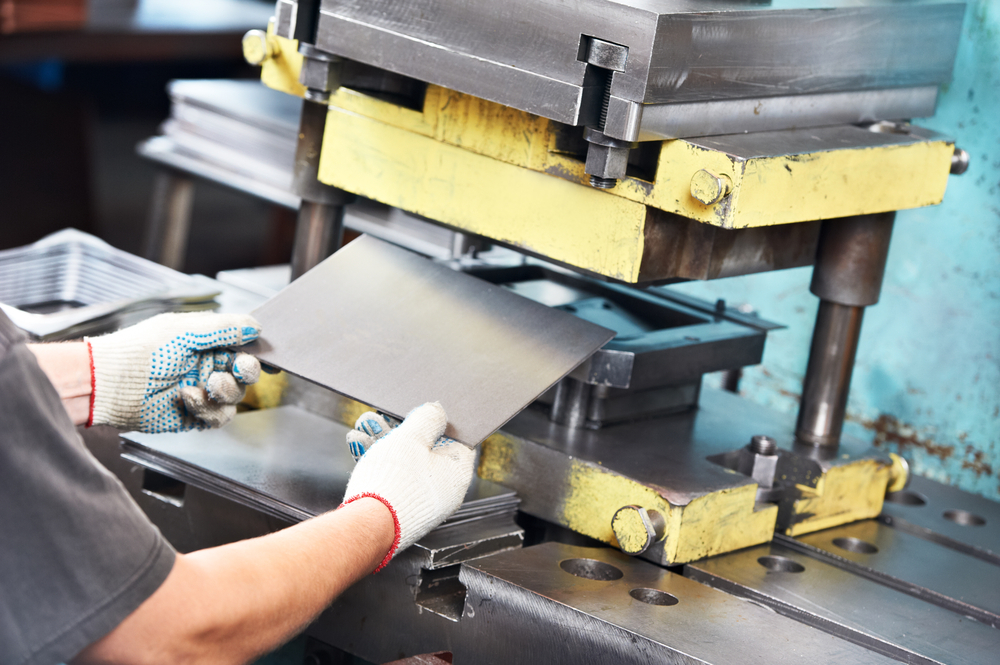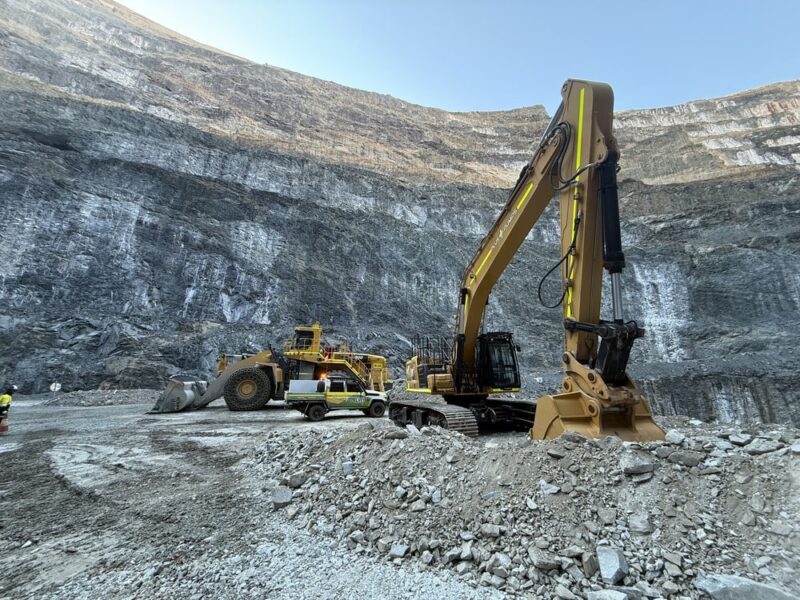A die is an essential part of the engineering and manufacturing process. You must understand the various types of dies working in the metal stamping industry and how they benefit your operations. Each die, such as compound die and combination die, has weaknesses and strengths, making it more effective for specific applications. It is up to you to decide on the one that suits your requirements.
Understanding Compound Die and Combination Die
- Compound Dies
The compound die does the job instantly for more complex or demanding piercing and blanking applications. Instead of handling a single operation at a time, the compound die can complete the processes of piercing and blanking like the progressive die.
The compound die is useful in forming and bending operations since it appears to need a higher level of force instead of other options. It is the most cost-effective option instead of a simple die when it arrives at the manufacturing washers over the other flat metal parts. The compound die is the solution you require if you are searching for different kinds of dies and punches.
The Benefit of Compound dies:
One element is produced for each stroke since it has a higher production rate.
- Combination Dies
The combination die is quite similar to the compound die when it comes to efficiency and design. It can tackle more than a single operation, allowing it to deliver rapid, more significant outcomes. The combination die is suited well for the shaping and cutting application as an additional bonus.
The combination dies, like progressive die, will have you covered if you require a complete punching or blanking operation combined with a bend operation. The versatile tool plays the most significant role in every metalwork application.
Benefits of Combination Die:
Considering compound die and combination die, the production rate is much higher compared to the other dies due to the presence of both the forming and cutting operations at the same time on the work material.
So Why Use Compound Die Cutting?
1. Less Processing Steps
Compound cutting will create the most desired part shape using the combination of the steel rule and the male or female matched metal punches similar to those used in metal stamping. The cutting technology will create the accuracy and intricacy in the gasket production that the bend rule does not offer. There are more benefits included under the ease of removing the centre scrap from the gasket and the ability to create thinning walls not possible through the steel rule.
It is true for cutting hard materials like electrical insulation and fish paper. The compound cutting technology will reduce running continuously with the feeder’s help if the material is removed on time as it results in rapid production of the product.
2. Higher Mechanical Accuracy
The compound dies cutting will ensure greater accuracy, mainly when it comes to the spacing between the holes or between the edges of the edge or blank of a hold. It can make sure of the perfect stock thickness that prevents distortion. It can then combine the mechanical accuracy with several cuttings, making it easier to check out how compound cutting saves time and money.
3. Better Flatness
The flatness, along with better dimensional stability, is essential to ensure proper functionality. It also affects the presentation of the finished products. The compound die-cuts will guarantee a proper flatness due to the materials being pressed through the punches and knockouts. Therefore, the end product is of higher quality.
4. Rough Edges
There are times when the material is reduced from its original type of possibility that exists for the new or cut edge, which is rough. The rough edge negatively affects the part’s assembly, adding material and labour costs to correct them. The compound die would resolve the problems by retaining the rough edges of this flexible material in a similar direction. The rough edge removal is easier and quicker when it is required.
5. Reduced Scrap
The costs for the raw materials will vary greatly as it depends on the flexibility of the material used in the die-cutting process. Due to the higher mechanical accuracy, compound die cutting will use raw materials to reduce wastage and maximize cost savings. Improperly setting up machines and wasting raw materials can end up increasing operational costs.
Therefore, the next time you encounter the unwanted squeak before the product launch, you can think of using a flexible material for the compound die and combination die-cutting to resolve the issue!



